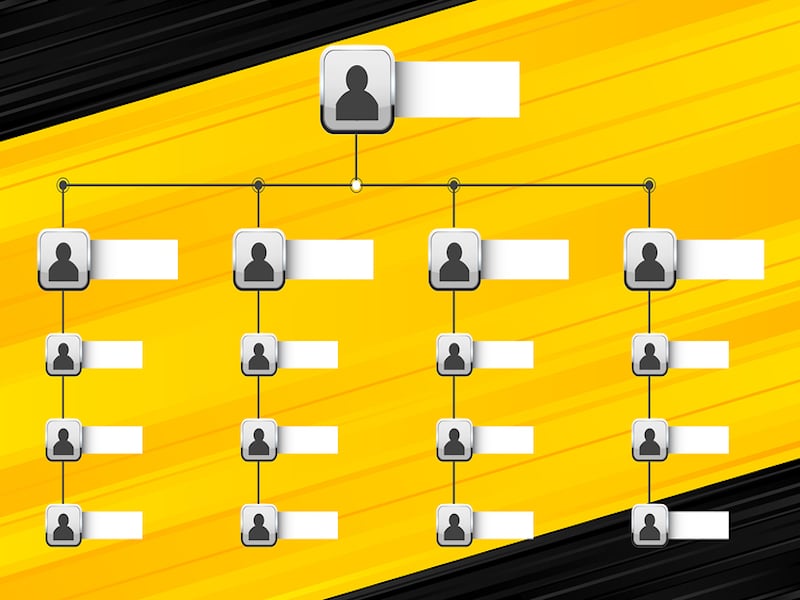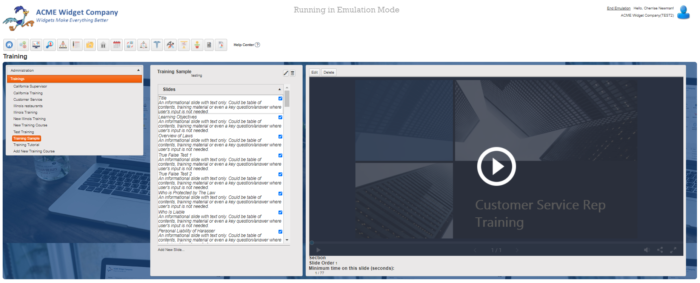
Did you know that career paths can play an essential role in improving employee retention? They’re essential to employee engagement. And as we all know, employee engagement improves retention. Therefore, career paths are the key to business growth.
What is a Career Path?
A career path is an advancement roadmap in your company. It’s a structured timeline with short- and long-term benchmarks. Additionally, it maps the route an employee takes from a lower-level position through successive positions to arrive at their ultimate goal.
Ideally, each employee’s plan will be somewhat unique, but still achievable in your organization.
Why Should Our Company Create Career Paths?
Now that we’ve explained what career paths are, why should you use them? Creating career paths will help you:
- Retain your best employees
- Give employees a sense of purpose
- Attract top achievers
- Increase cumulative ability, experience, and diversity in your workforce
- Better compete with other employers in your market
How Do You Create Career Paths?
1. Update Your Organizational Chart
If you don’t have an org chart, create one. And if you do have one, make sure it’s up to date.
An organizational chart is a diagram that shows how your company is structured. (For example, the chart below was created using the Organizational Management module in our platform SDP Connect.) Essentially, it’s a graphical representation of your company’s hierarchy and relationships.

Your company may have a traditional structure, flat structure, or something in between.
Next, align your org chart with your business plan. For example, are you adding products and services? Expanding into additional markets? You may need to add positions/teams/departments you don’t currently have to meet those goals.
2. Define Job Positions
Starting with each job description, list the key responsibilities. Outline the hard and soft skills, being as thorough and detailed as possible. Look at the recent projects completed to make sure you haven’t missed anything. (This exercise is also called job profiling.)
Then, identify the KPIs for each position. How do you measure success? Consider your high achievers in each role–what qualities make them effective?
Top Tip: SDP clients receive free access to our HR Support Center, which includes an entire library of Job Description templates to get you started. Click on the “HR Support Center” module in SDP Connect or log in here to get started.
3. Track a Roadmap For Each Skills Track
After this, define the roadmap(s) for each department, team, or business function. How does an entry-level employee advance through roles? What horizontal moves are necessary?
Also, keep in mind that there won’t be one path that connects each role to an advanced role. If you don’t have highly specialized job roles, you will potentially have many more career paths. This can be a great strength.
4. Identify Training Needs
Next, document the in-house and outsourced programs in place. Can your employees advance up the ladder with what you have? Some other questions to consider are:
- Is mentorship an important part of your culture?
- Review exit interviews. Why do employees quit your company?
- Survey your staff. What type of training do they want?
- Which departments recruit internally? Which departments hire outside?
5. Create Training and Development Programs
If you haven’t invested heavily in training, this part will require the most time and resources up-front. However, once created, all you’ll have to do is periodically review your programs to keep them updated and in line with business goals.
This is the actionable part of your Career Path Program. To start, identify needs and create a timeline for implementation. You may have to disrupt the status quo. But that’s the whole point.

If you’re using SDP Connect, you can use our Learning System Module (above) to build your Training and Development Programs for each career path. You can add text, audio, video, and even quizzes to test for understanding.
Then, you can administer your trainings using Workflows to automatically task employees to complete them in their ESS portal. As an admin, you’ll have access to BI analytics to track employee progress.
Let us know here if you would like us to enable any of these features in your portal!
6. Document Your Career Path Program
Next is documenting your Career Path Program. This will include:
- Organization Chart
- Job Role Profiles
- Career Paths/Roadmaps
- Training Schedules
7. Map Each Employee’s Career Path
For new hires, you will do this during onboarding. For existing employees, you will do this during performance reviews.
During the career mapping meeting, you will discuss the employee’s goals and expectations. Additionally, you will assess their performance and schedule ongoing training. Include the career map in the employee’s files (this is automatic in SDP Connect through the Organizational Management module!).
Using Career Paths IRL
Now that you’re an expert in creating career paths, we’ll leave you with a few final takeaways.
First, never forget career paths are dynamic. Career goals are fluid, employees discover new interests, and your company may diversify or pivot. But stay flexible. Your Career Path Program will evolve, and that’s okay!
Next, incorporate your program into the employee experience at every stage in your company. That means at the job interview, during onboarding, performance reviews, and ongoing training throughout the employee’s time at your company.
Finally, streamline your program with technology. If your program requires too much effort to maintain, it won’t be sustainable. So be sure to use the tools available to you to automate administration and make your processes uniform.
Partner images & content provided by SwipeClock
